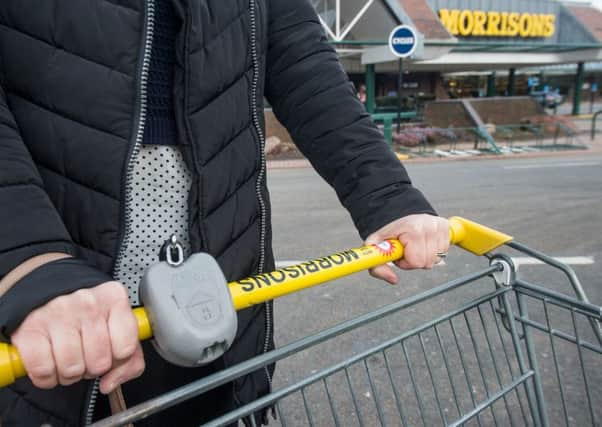Martin Flanagan: Suppliers struggle as food price wars bite


The knock-on impact down the metaphorical and sometimes literal food chain can be masked because suppliers are frequently much smaller than their customers and not publicly–listed businesses.
But referred pain is often inevitable. A new survey by top–ten accountancy group Moore Stephens makes the point vividly in the embattled supermarket industry.
Advertisement
Hide AdAdvertisement
Hide AdThe report reveals that the number of food producers going bust has tripled in the past five years due to the supermarket price wars – up to 162 failed suppliers last year from 48 in the sector in 2010. The rise in the past year alone is 11 per cent.
It is easy to join the dots. Discounters Aldi and Lidl have eaten into the sales of Tesco, Asda, Morrisons and Sainsbury’s. The big boys have responded with aggressive price promotions of their own that have been partly funded by putting the squeeze on suppliers. The default position of big business generally is to refer to collaborative and constructive relationships with the suppliers, but in difficult times this can be the collaborative link between a cat and a mouse. It is commercial realpolitik.
On call for raised eyebrows Some eyebrows might be raised at the UK’s Competition and Markets Authority (CMA) asking the European Commission (EC) to derail the £10.3 billion merger of the Three and O2 mobile phone networks. The CMA says the deal would reduce the UK’s dominant mobile phone network players from four to three – with regulators across many sectors always getting twitchy when there are just three main operators for the customer to shop around.|
It is a fair point. But not a few were somewhat surprised at the CMA clearing the £12.5bn sale of EE to telecomes giant BT earlier this year to spawn a combination that will have 35 million mobile, broadband and TV customers.
It is not comparing apples with apples because when BT swooped successfully for EE it was not interfering with the vaguely magical big-four regulatory touchstone as far as mobile networks were concerned. But the proximity of the two deals will probably be mentioned by Three and O2 to the EC.